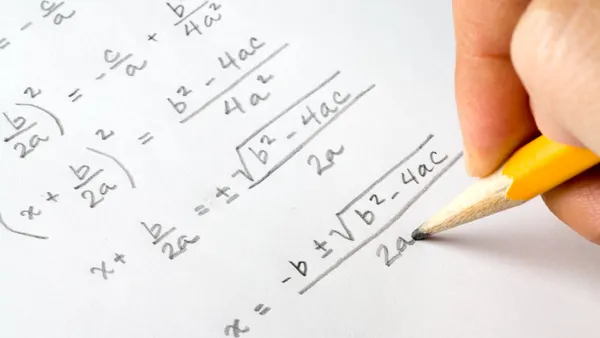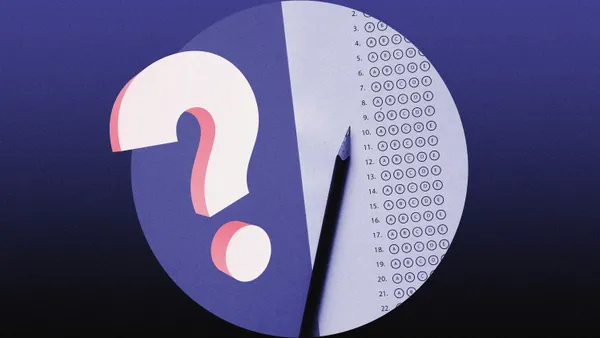Dive Brief:
-
The pandemic reopened the gender achievement gap between girls and boys in STEM subjects, and the divide continued to widen once students returned to in-person schools, especially after 2022. The setback undid decades of progress to close the gender gap, which was considered eliminated by 2019, according to data released Tuesday by assessment provider NWEA.
-
In 8th grade algebra — a gateway course to more advanced courses and STEM opportunities — enrollment for girls and boys dropped by 2022. But while boys' enrollment rebounded by 2024 to pre-pandemic levels, girls' enrollment continued to lag behind 2019 levels.
-
The STEM gender gap is likely "not simply a shift in average," but rather a redistribution of performance that favors boys' achievement, per NWEA. Recovery efforts should include helping girls catch up, and addressing why boys are pushing ahead while girls are falling behind, the research said.
Dive Insight:
The findings are consistent with those in other English-speaking countries and demonstrate the pandemic's impact on academic performance for boys and girls "was not an equal opportunity hitter," according to NWEA's Tuesday statement.
“These trends are concerning, especially since decades of progress in closing those gaps between boys' and girls’ achievement in STEM skills were, essentially, wiped out in four years,” said Megan Kuhfeld, director of growth modeling and data analytics at NWEA, in a statement.
The research unveils a relatively understudied impact of the pandemic, which has been shown to widen gaps in other areas as well.
For example, while the pandemic negatively impacted the achievement of almost all student subgroups, gaps for students of color worsened in 2022, the first National Assessment of Educational Progress following the pandemic showed.
Black students particularly fell behind in math when compared to their White peers. Black students saw a 13-point decrease, almost three times the size of the decline for White students, who dropped by 5 points.
More recent average NAEP results for math and reading, released in 2025, show little to no academic ground gained since the pandemic slide.
Even before NAEP hinted at widened achievement gaps, data from Dynamic Indicators of Basic Early Literacy Skills assessment released in February 2021, when COVID-19 was still at its height, showed that Black and Hispanic K-1 students were especially struggling.
Gaps between high and low-poverty districts also widened due to the pandemic. However, an analysis released in February by the Education Recovery Scorecard showed that, by last year, the federal pandemic aid dollars helped to cut down the gap between high and low-income districts by about a month of classroom instruction, on average.
Regarding the latest data released by NWEA, Kuhfeld said that the research doesn’t show why the STEM gaps widened between boys and girls.
In fact, part of the data illuminates that boys at the bottom of the achievement scale are also struggling. "Even though average scores show higher overall achievement for boys, the lower tail of the distribution highlights that some boys are struggling more in math and science," the findings say.
The researchers suggest monitoring participation in key STEM milestones by gender over multiple years, rather than within a single year; providing targeted support for students; and taking a closer look at classroom dynamics and instructional practices that may be impacting the gaps.















